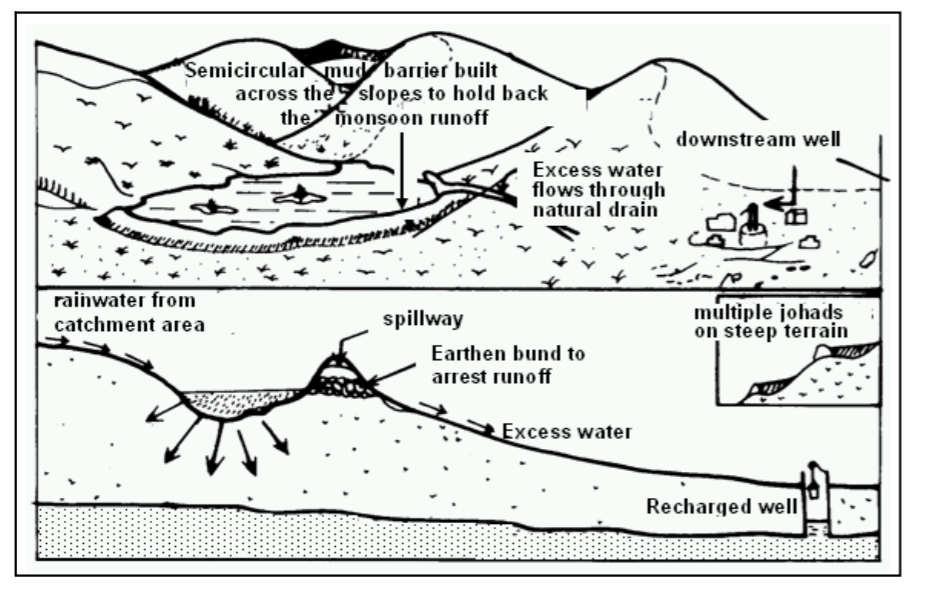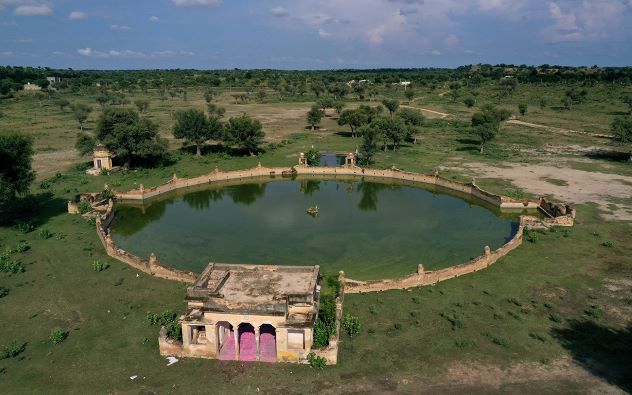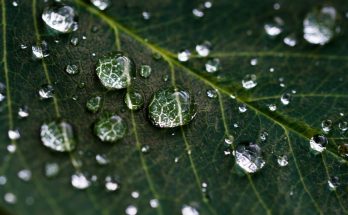In this “save water essay,” we examine water conservation’s social impact, showcasing how communities thrive when water is preserved. It highlights stories of successful community-led initiatives and stresses the importance of education in fostering a culture of conservation. The essay argues that saving water can enhance quality of life, promote equality, and strengthen community bonds.
The Social Aspect of Water Conservation -1200 words
In the parched landscapes of Rajasthan, India, an ancient practice known as “Johad” – small earthen check dams – has been revived, transforming arid villages into oases of prosperity and hope.
This simple yet profound act of water conservation has not only replenished groundwater levels but also reinvigorated communities, bringing to life the age-old wisdom that “water is life.” In regions where water scarcity once dictated the rhythm of daily life, limiting access to health, education, and economic opportunities, the resurgence of communal water management practices has painted a picture of what is possible when communities come together to conserve water.
Water, in its essence, is more than just a vital resource for survival; it is a social catalyst that nurtures communities, upholds health and sanitation, and weaves through the tapestry of cultural and spiritual practices around the globe. Its availability, or lack thereof, can profoundly impact the social fabric of communities, influencing everything from children’s education to women’s empowerment and community resilience.
This essay delves into the heart of water conservation’s social dimension, exploring how the collective action of saving water can foster community bonds, improve living conditions, and pave the way for social equity and justice. As we navigate through stories of change and adaptation, we’ll uncover the transformative power of water conservation in building more resilient and united communities.
In the words of Margaret Mead, “Never doubt that a small group of thoughtful, committed citizens can change the world; indeed, it’s the only thing that ever has.” This sentiment echoes through the realm of water conservation, where every drop saved contributes to a sea of social change.

Water Scarcity and Social Implications
Water scarcity is not just a physical absence of water; it’s a potent force that can erode the foundations of community well-being. The United Nations highlights that nearly 2.2 billion people live without access to safe water, a challenge that disproportionately burdens vulnerable communities, particularly in developing regions. This scarcity extends beyond thirst, weaving a complex web of health and social issues that hinder the growth and prosperity of communities.
Health Implications: Water scarcity is intricately linked to health challenges, with inadequate access to clean water leading to diseases such as cholera, typhoid, and dysentery. For women and children, who often bear the burden of water collection, the health impacts are compounded by the physical strain of carrying water over long distances, diverting time and energy away from education and productive activities.
Educational Barriers: The ripple effects of water scarcity extend into education. Children, especially girls, may be forced to skip school to collect water, limiting their educational opportunities and future prospects. Schools without adequate water and sanitation facilities further exacerbate this issue, creating an environment not conducive to learning and growth.
Community-Led Water Conservation Efforts
In the face of these challenges, stories of community resilience and innovation offer a beacon of hope. Across the globe, communities are tapping into the collective spirit to devise and implement water conservation strategies that not only address scarcity but also knit stronger social fabrics.
Success Stories: In the semi-arid regions of Brazil, communities have revived the ancient technique of building “cisterns” to collect rainwater, providing a sustainable water source for families and reducing the daily burden of water collection. This initiative has not only improved access to water but also fostered a sense of community ownership and cooperation.
In Kenya’s drylands, “sand dams” constructed by local communities are capturing rainwater, recharging groundwater, and providing reliable water sources throughout the year. These efforts have led to the revival of agricultural activities, boosting food security and community resilience.

Social Benefits: The benefits of these community-led initiatives extend far beyond water access. Improved health, increased attendance and performance in schools, and the empowerment of women and girls are just some of the transformative outcomes. Moreover, the collective action towards a common goal strengthens community bonds, creating a shared sense of purpose and solidarity.
The Role of Education and Awareness
School Programs: The foundation of lifelong water conservation habits can be laid in the classroom. Programs like the Water Conservation School Education Program in Australia have been instrumental in teaching children about the water cycle, the impacts of water scarcity, and practical water-saving techniques. These programs often include interactive activities, such as water audits of schools, encouraging students to become water-wise ambassadors in their communities.
Public Campaigns: Beyond the classroom, public awareness campaigns play a crucial role in shifting community attitudes and behaviours towards water use. The “Save Water, Save Life” campaign in India utilised various media platforms to spread awareness on water conservation, reaching millions of people and inspiring widespread community action, from rainwater harvesting to the adoption of water-efficient appliances.
Strategies for Enhancing Social Engagement
Inclusive Policies: Effective water conservation requires policies that are inclusive, ensuring that the voices and needs of all community members, especially marginalised groups, are considered. This includes policies that provide equitable access to water-saving technologies and education, as well as community-based water management plans that empower local people to take charge of their water resources.
Technology and Innovation: In the digital age, technology serves as a powerful tool for promoting water conservation. Mobile applications like “Jal Jeevan” in India offer a platform for individuals to monitor their water usage, pay bills, and receive tips on water conservation. Similarly, social media campaigns and online platforms have become instrumental in spreading innovative water-saving tips and fostering a sense of global community around the issue of water conservation.
By intertwining education, awareness, inclusive policies, and technology, we can create an environment where water conservation is not just a practice but a fundamental aspect of societal norms. This holistic approach not only ensures the sustainability of water resources but also strengthens the fabric of communities, making them more resilient in the face of water scarcity challenges.
As we conclude our exploration of the social aspect of water conservation, it’s clear that the journey toward sustainable water use is both a collective endeavour and a deeply personal commitment. The stories of communities rallying around water conservation, from the ancient rainwater harvesting practices in Rajasthan to innovative school programs across the globe, underscore a powerful truth: when we come together to save water, we do much more than secure a resource—we nurture the very essence of our communities.
The urgency of addressing water scarcity and its far-reaching social implications cannot be overstated. In a world where the ripple effects of water scarcity touch every corner of our lives, from the health and education of our children to the resilience and economic vitality of our communities, the call to action is loud and clear.
This is a call to each individual, to every community, and to societies at large to recognize the value of every drop of water. It’s a call to integrate water conservation into the fabric of our daily lives, to champion policies that ensure fair and equitable access to water, and to embrace the innovations that make sustainable water use possible.
Let us answer this call with a resolute commitment to act, to educate, and to inspire. By joining hands in community efforts, advocating for inclusive and forward-thinking policies, and adopting water-wise habits, we can forge a future where water scarcity is no longer a threat but a challenge we have overcome together. In this endeavour, every action counts, for, in the words of Mother Teresa, “Not all of us can do great things. But we can do small things with great love.” Let our small actions in water conservation be our great love for the planet and for each other.
Essay 1 on Save Water – Nature’s Thirst- The Environmental Call to Save Water
Essay 2 on Save Water – Wealth in Water – Economic Insights on Saving Water
Also Check – Essay on Air Pollution in India- Current Challenges and Future Strategies
Also Check – Essay of Soil Pollution
Also Check – Essay on Air Pollution
Also Check – Also Check – What is the Carbon Footprint in Simple Words? – A Guide for Young Minds
Also Check – Global Warming and Climate Change Essays- Innovative Perspectives and Solutions
Also Check – Essays on Save Earth- 3 Diverse Approaches to Environmental Preservation



